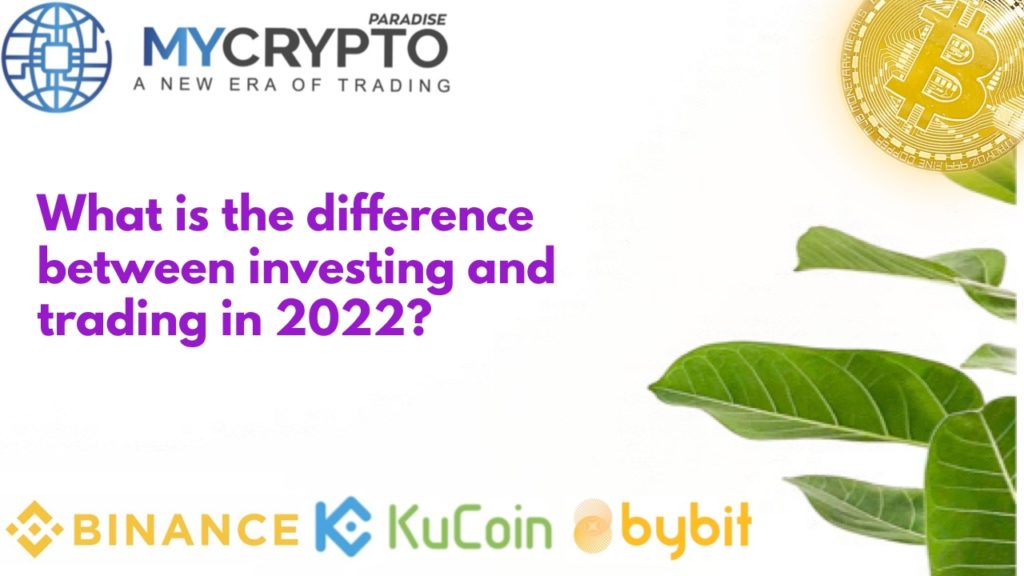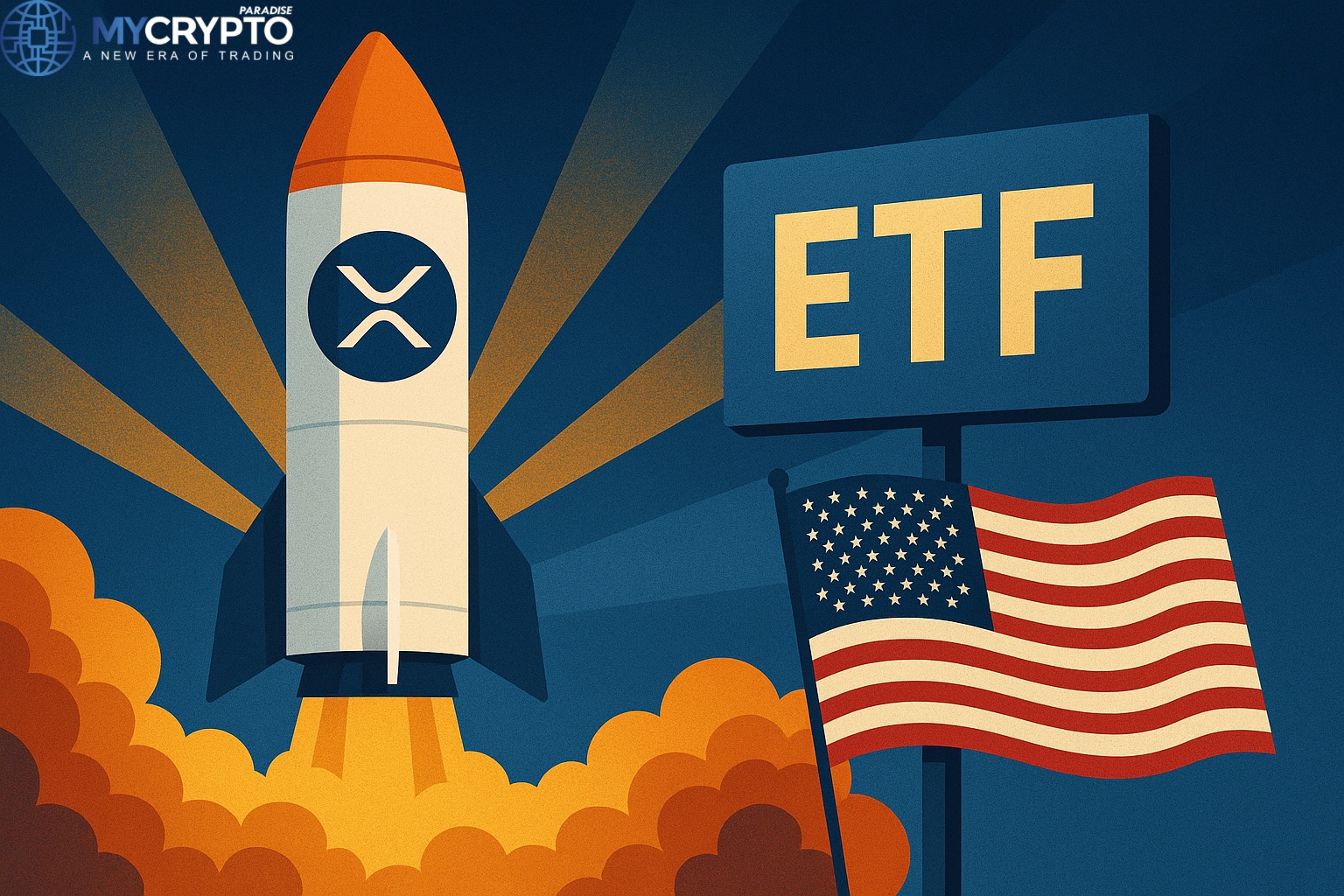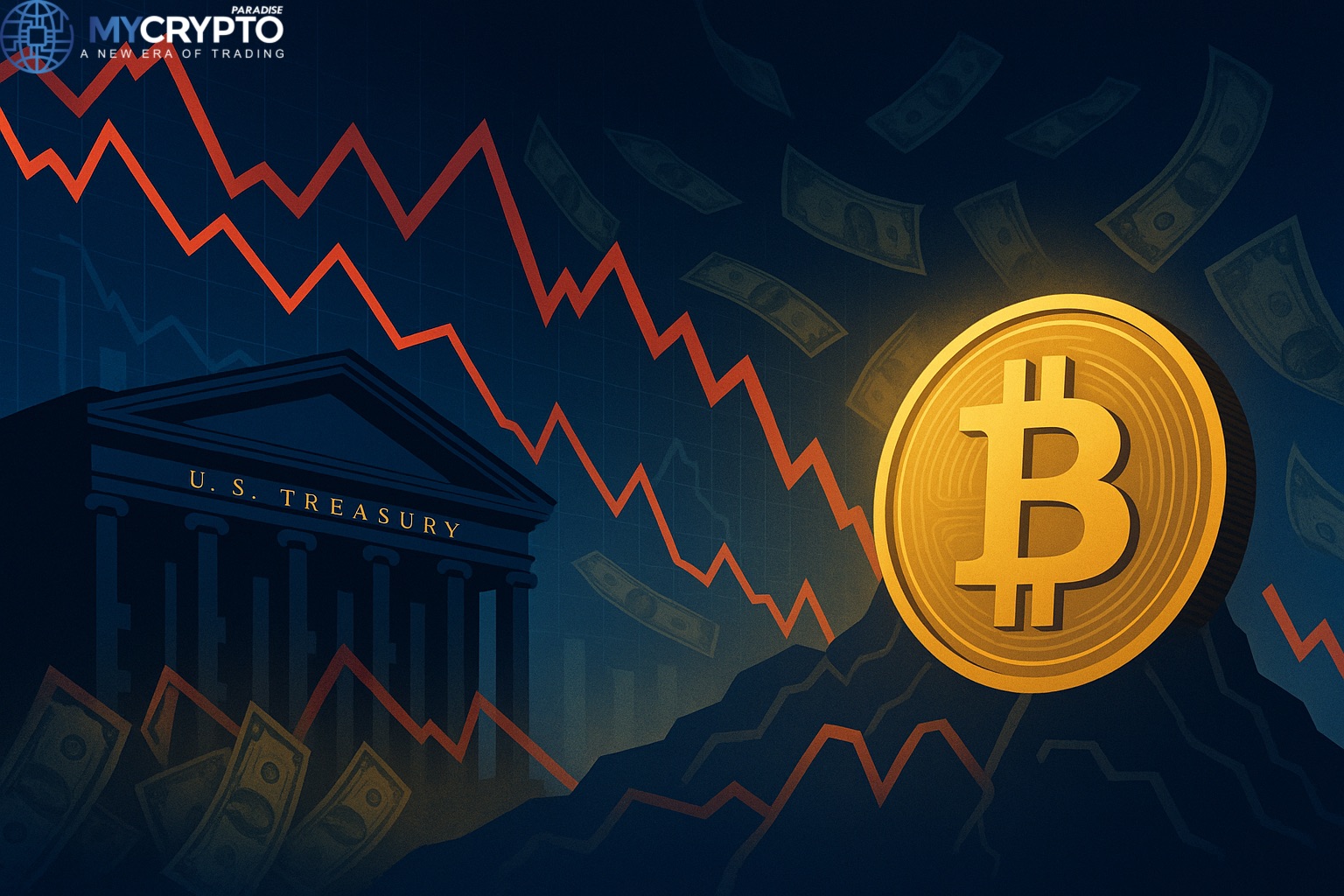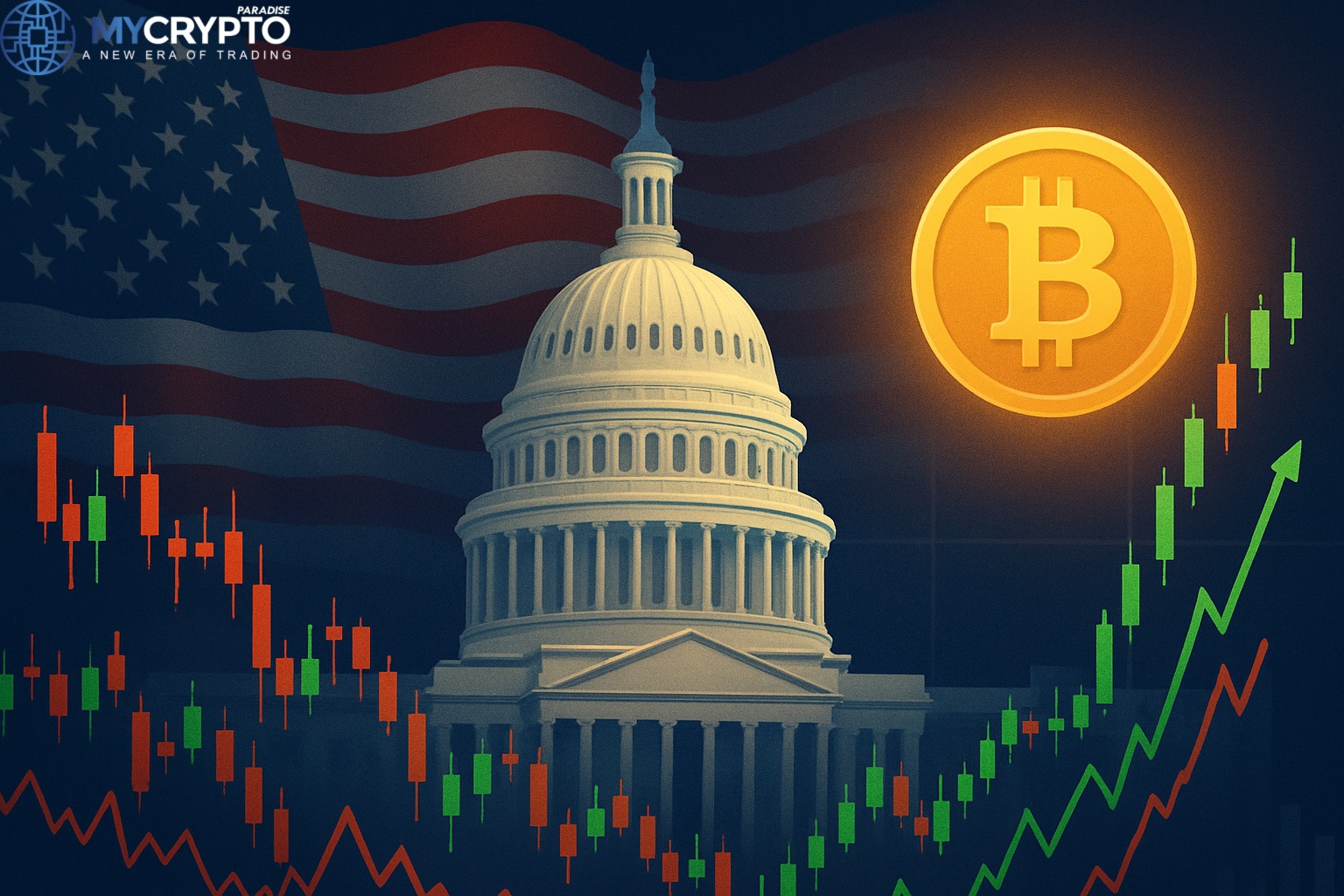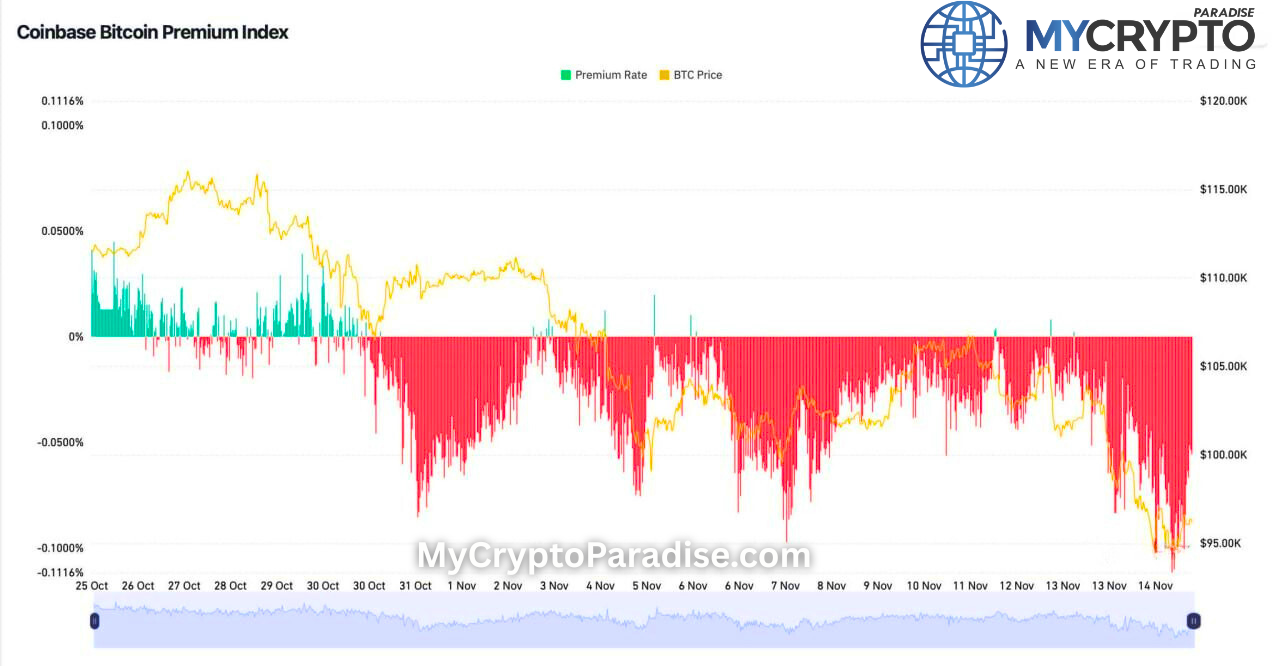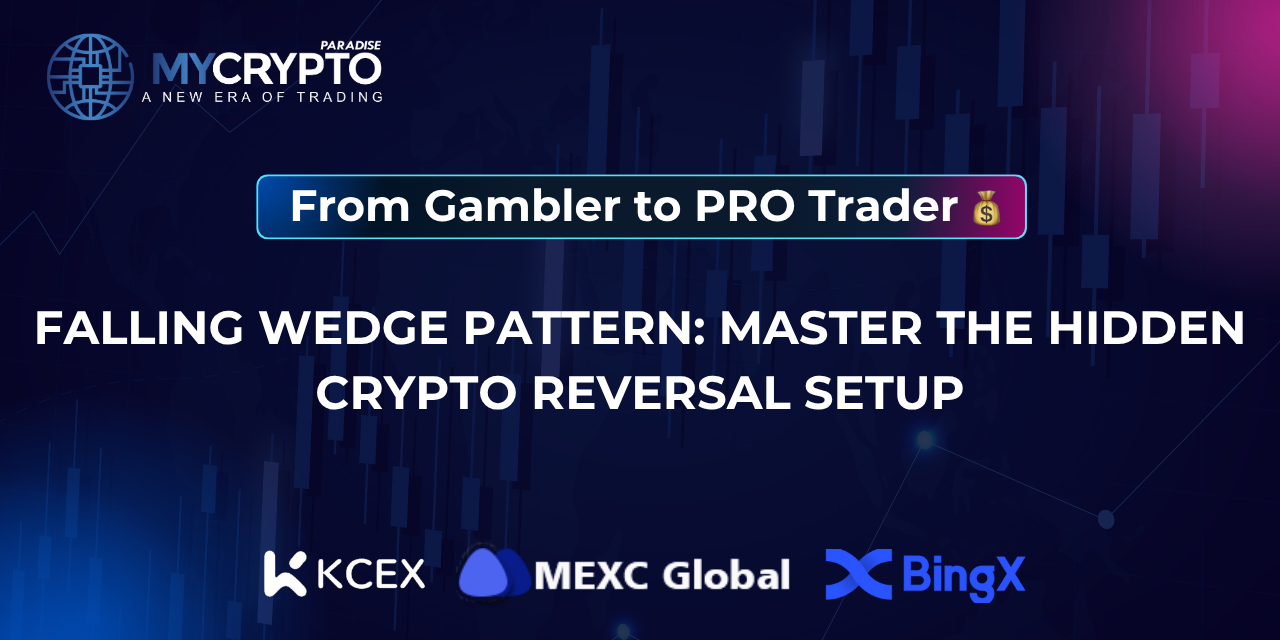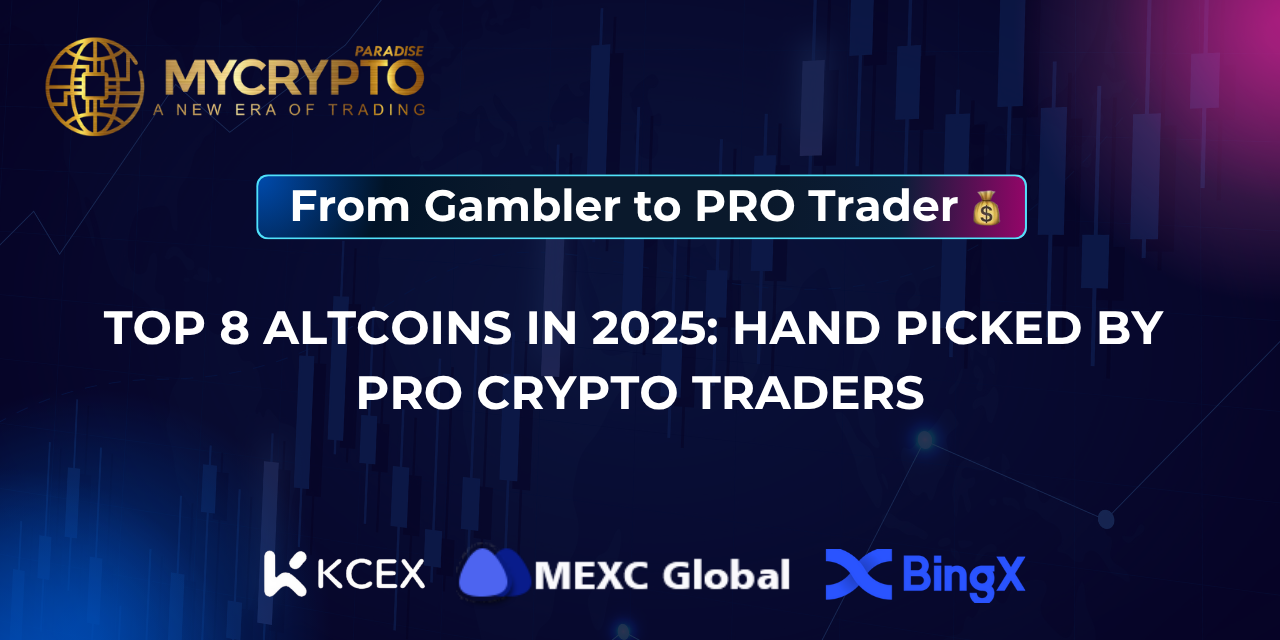Cryptocurrencies, in their most basic form, are decentralized networks that are different from traditional techniques of investing, which are carried out through the traditional financial and banking systems. Since cryptocurrencies are decentralized, every transaction involving cryptographic assets takes place directly between the two parties concerned using a technology known as the blockchain. In most cases, the exchange of crypto assets occurs directly between the two parties involved, without the intervention of any third party.
Learning about the difference between investing and trading is essential for your cryptocurrency trading journey. However, we recommend not starting trading or investing before learning all the fundamentals first. If you can’t find the time or understand these indicators too challenging, then fear not; we are here to offer help.
At MyCryptoParadise, we offer trading signals for cryptocurrency pairs traded on exchanges such as KuCoin, Binance, OKex, and others. Not only that, but MyCryptoParadise also provides insights via educational trading analysis on platforms such as TradingView, Youtube, Telegram and Facebook, and Instagram.
We also have Free telegram channels where we provide our FREE updates and analysis on cryptocurrencies such as BTC, ETH, and other popular altcoins are also available to the general public.
We also provide you free access to other information. There are also free market updates.
So, what are you waiting for join our group right now!
1. My Binance Paradise – https://t.me/MCP_binance
2. My KuCoin Paradise – https://t.me/MCP_KuCoin
We offer a special discount to all eager folks who want to join our premium groups.
Use the discount code BESTTRADERS20% to get an exclusive 20% discount on your ParadiseFamilyVIP membership today! (Check the reviews from our happy clients!). Don’t wait any longer, and use the coupon code before it expires!
The incredible advantages that come with using cryptocurrencies have encouraged a large number of people to start investing and trading in them. Unfortunately, while some were successful, others were a complete and utter disaster.
Traders and investors who are just starting out frequently seek legends in the industry for guidance. Warren Buffett and Ray Dalio have a stellar reputation for generating substantial returns on their holdings throughout their careers. Traders like George Soros and Paul Tudor Jones rely on buying and selling tactics more frequently. This is the definition of trading.
These experts have built a living off of conventional stock markets and have established benchmarks that investors in emerging markets such as cryptocurrencies aim to meet or exceed.
Both investing and trading are strategies that are intimately interwoven, and one person may even engage in both of them. The primary distinction lies in the approach that each method takes to problem-solving. For example, trading cryptocurrencies and investing in them both aim to grow the value of your investments, but they do so in very different ways.
We’ll look at the primary distinctions between trading and investing in cryptocurrencies in 2022 so that you can make an informed choice about which tactic is best for you.
What Exactly Is a Cryptocurrency Investment?
A technique for generating money with cryptocurrencies that involves buying and keeping crypto assets in the expectation that their value will rise in the future is called investing in cryptocurrencies. Investing in cryptocurrencies, also referred to as “HODLing” (a misspelling of “holding” that has subsequently gained popularity), entails purchasing assets and holding them for extended periods, frequently without regard for variations in the short-term price and market conditions.
Investors in cryptocurrencies are referred to as “HODLers,” those who purchase cryptocurrencies with strong faith and then confidently hang on to them. They are less concerned with timing the market because they believe that their assets’ worth will increase over the long term.
The practice of buying or selling an investment based on a prediction of the optimal opportunity to enter or exit the market is known as “timing the market.” It’s the same as fooling yourself into thinking you have a magic ball that can tell you how the market will behave in the future. That assurance would allow you to hold out for more favorable entry or exit prices in an investment.
It is difficult to time the markets in any asset class, but it is especially difficult to do so in volatile markets such as the cryptocurrency market, where price fluctuations occur swiftly. Waiting to “timing the market” exposes you to the risk of missing out on a potential trade opportunity entirely. Investors who hold positions for a longer period do not attempt to time the markets or strive to capitalize on trends. It is more crucial to catch the tide that lifts numerous boats than to catch the precise wave that may carry a single trade higher.
Difference between investing and trading in 2022
1 – Investing Period
Long-term investors don’t worry about short-term price fluctuations.
An investor will bet on a coin’s long-term prospects and sell it (for a profit) in a few years. Blockchain technology is quite new, thus it may take years (or decades) to disrupt established systems and acquire popular usage. As a result, cryptocurrency market cycles are shorter than stock market cycles. This means the bitcoin market has shorter, more intense bull and bear markets. Unlike the stock market, where a bull or bear trend can last for years, cryptocurrency markets tend to see cycles that endure for considerably less time, typically under a year.
Traders focus on short-term price changes. Traders focus on cryptocurrencies’ hourly and daily price changes to make short-term profits. Traders buy coins low and sell them high in the next minute, hour, day, or week. Volatility is a key factor for short-term traders, as prices must change enough to be successful. Extreme volatility makes trading cryptocurrencies rewarding.
Traders include
1. Scalpers are among the most active traders because they make numerous trades daily with the goal of “scalping,” or making a little profit, on each transaction. Trades can be seconds or minutes. Scalpers make daily earnings from frequent, tiny gains. Scalpers make dozens or hundreds of deals a day.
2. Day traders execute trades during the trading day and close any positions at the end. Most day traders close all their positions at the end of the day. Trading positions may be held for a few minutes to a few hours, and intraday price anomalies must be tracked constantly to be taken advantage of.
3. Those that engage in momentum trading do so on the expectation that existing price patterns, or “momentum,” will persist and lead to more price gains. Momentum traders try to ‘ride the wave’ by performing short-term positions in a specific market direction; purchasing low in an uptrend and selling when prices break momentum or selling high in a downtrend and buying back low. This involves market knowledge and timeliness. Momentum trades can last hours to weeks.
4. Swing Traders use Swing trading, a method that capitalizes on a coin’s daily to weekly price fluctuations. The purpose of technical analysis is to forecast when and in what direction the price of a coin is likely to change rapidly.
2- Frequency of Trade
This is a reference to the rate at which trades are carried out. For any given investment, the longer the time horizon, the fewer trades will be made throughout the course of that time.
Investors generally trade seldom, suggesting that they will likely not sell a coin until their long-term goal is achieved, which may take several years. Instead, investors in cryptocurrencies typically purchase a coin or several coins and then hold them in a wallet for long-term storage and protection.
On the other hand, traders engage in more transactions regularly. Because traders are always looking for opportunities to make a profit from the market, they engage in a high volume of deals. As a result, trading is a very risky undertaking that demands constant and active monitoring of market circumstances, even though it has a better likelihood of making more returns than other forms of investment.
3- The type of method for trading analysis
Trade analysis is a method traders use to evaluate investments and identify possibilities for lucrative trading. This is often accomplished by considering several criteria or analyzing historical trends. It is essential for making intelligent judgments regarding investments and selecting the appropriate crypto assets.
A trade analysis can be broken down into two primary categories: Fundamental and technical.
Investors in cryptocurrencies should rely on fundamental analysis since they bet on the continued existence of a coin over the long run. The fundamental analysis’s primary objective is to determine an asset’s potential profitability over the long run by determining the asset’s intrinsic value or worth. Many different metrics can be employed, such as an analysis of the project and team or cryptocurrency usage and adoption rates.
Traders of cryptocurrencies are trying to determine prices’ future direction and market position. Because of this, they frequently make use of technical analysis. Technical analysis aims to forecast future prices by performing historical research on price data, employing various price indicators and charting tools, and so on.
Price fluctuations in the short term of cryptocurrencies can be quite unpredictable. A trader must have an in-depth grasp of technical analysis to time the market and profit from price fluctuations. The contrast between this and investing in cryptocurrencies is substantial, and it is on this basis, that experienced traders are typically more at ease with frequent trading. Technical analysis is frequently used as a foundation for traders’ purchase and sale decisions since it is a method that can be repeated.
4- Having a low tolerance for risk
Volatile cryptocurrencies are high-risk. Cryptocurrency investments are risky. Risk tolerance is an investor’s risk willingness. Larger risk can mean higher profits.
Investors and traders might be distinguished by their risk appetite while trading or investing in cryptocurrencies.
Bitcoin investors may have less risk tolerance since they’re happier leaving their money idle. So over time, a coin’s price will level out while continuing to rise.
Traders thrive on risk since trading often involves it. Traders might profit from short-term cryptocurrency price volatility. If they back the incorrect horse, they might lose big.
Margin trading, which involves borrowing money to trade, increases traders’ risk because they can lose more than their original cash. Therefore, risk management is important, especially in crypto.
5- Diverse profits
Long-term investing and short-term trading can coexist. This diversifies the investment approach and profits. Traders often have longer-term investment portfolios, but investors may not trade as often.
6- Returns/Growth
Annual returns and capital growth are two ways to measure the success of traders and investors, respectively. Annual return measures investment growth.
High-frequency traders must factor in transaction fees, which might reduce their returns. In addition, due to their many trades, calculating their returns may take longer.
Investors with fewer portfolio updates can determine annual returns by removing complex components. Different investments and exchanges affect capital growth.
7- Capital costs
Digital currency trading costs include exchange and network fees. The provision of services by cryptocurrency exchanges, which may include trading, deposits, withdrawals, liquidations, and other transactions, results in the charging of exchange fees. In addition, miners receive network fees for security.
Most cryptocurrency exchanges charge 0.1% to 1% for every trade.
You should expect to pay more in transaction fees if you trade crypto instead of investing because of the greater frequency of trades. Capital gains tax is paid when an asset is sold for a profit. HODLers are subject to higher capital gains tax rates than those who sell and repurchase frequently.
Investment sizes determine to trade and investing capital needs. Any amount can be used to trade or invest in crypto.
Conclusion on Cryptocurrency Investing and Trading in 2022
The practice of buying and holding crypto assets in the hope of achieving a greater rise in value in the future is known as crypto investing. The assets are often kept for longer tenures, and any decreases or increases in the assets’ current market values are typically not considered.
On the other hand, crypto trading requires a strategy that is focused on the short term. It seeks safety in the cryptocurrency market’s turbulence so it can profit from the various price swings. As a result, trading cryptocurrencies, as opposed to investing in cryptocurrencies, requires more effort but has the potential to make profits almost immediately.
Now that you have a better understanding of trading and investing in cryptocurrencies, you need to realize that both strategies can be utilized at various times. Although they are interconnected, the strategies approach the task of increasing your investment’s value from various angles. Your financial objectives should be the guiding light in selecting an appropriate plan.
